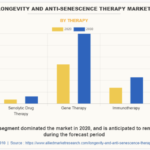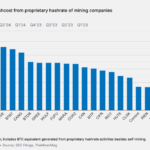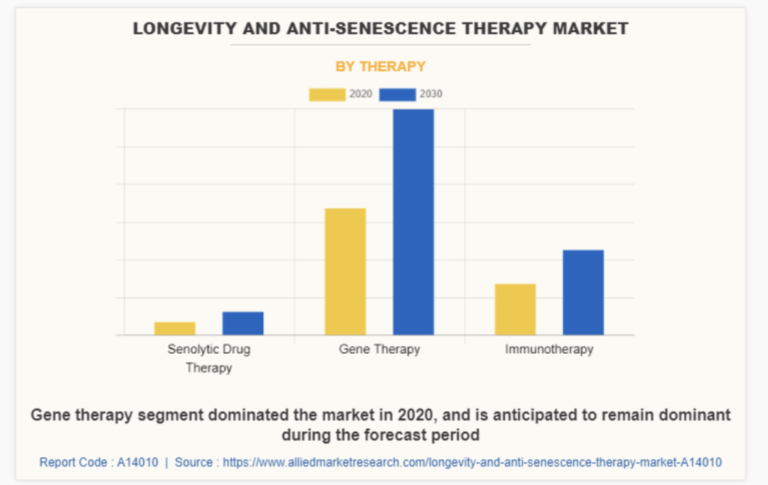Why your diversity and unconscious bias training is failing: Google made headlines over the weekend when a 10-page manifesto released by a white male engineer about his beliefs on meritocracy and the shortcomings of Google’s diversity and unconscious bias training efforts went viral. His essay suggests that the company encourage ideological rather than gender diversity and argues that Silicon Valley is a meritocracy where brilliance alone should be enough to get ahead. This comes on the heels of a report highlighting the lack of diversity at Google. About 69 percent of its total workforce is male. The one thing he got right: The unnamed blogger is correct on one point – that most diversity and unconscious bias training doesn’t work. The reason being is most make no effort to discuss why diversity is critical for white men. In fact, many diversity practitioners say that inclusion is the key, yet as an older white male, I rarely see myself talked about in diversity initiatives. In fact, you can look at Google’s free online Unconscious Bias training program, you see no reference to white men being mentioned. In a very simple manner, I have to ask myself ‘what’s in it for me?’ If a majority of your workforce is white men company programming and solutions need to integrate and involve them in diversity and inclusion initiatives. The three things he got wrong: 1) Meritocracies:The belief that meritocracies work. The manifesto writer talks about the fact that meritocracies work. The problem is meritocracies are defined by the majority group, and thereby do not value diverse work-styles, whether they are made by other men, minorities or women. Additionally, we have all seen leaders who value results at the expense of long-term vision and strategy. While meritocracies may work for short-term projects, they are not long-term business strategies for success. 2) Diversity and Inclusion: In fact, many men actually support diversity and inclusion. For diversity and unconscious bias training to be effective we must be able to talk about our differences and we must be able to talk about what is in this for the majority group, (typically white men in the organization). In my work to find and create male champions to advocate for advancing women, I have found it’s a combination of 75% business case and 25% personal connection. This personal connection piece is the most critical element to move people from merely understanding diversity to understanding and becoming an advocate. 3) Unconscious Bias: Unconscious bias training must take a deep dive into cultural differences. An online course or even a program facilitated by the instructor without proper knowledge and expertise will not work. The reason unconscious bias training doesn’t work is that it doesn’t go deep enough. Companies today must offer unconscious bias sessions with deep dives into gender, race, age, and specifically white male culture. The one final key point: Social media is transforming what is going on in the workplace. Consider the Google engineer’s anti –diversity manifesto going viral, the blog written by a former Uber employee about sexual harassment and gender bias that brought down the CEO or allegations against FOX cable commentators prompting advertisers to pull away from shows. Senior leadership must be proactive, today, in being vigilantly visible and vocal supporters of diversity and inclusion. It is simply a matter of time before your company could be on the front page of USA Today. Jeffery Tobias Halter is a corporate gender strategist, the country’s leading expert on engaging men to advance women. Jeffery is the President of YWomen, a strategic consulting company and the author of two books, including WHY WOMEN: The Leadership Imperative to Advancing Women and Engaging Men.















